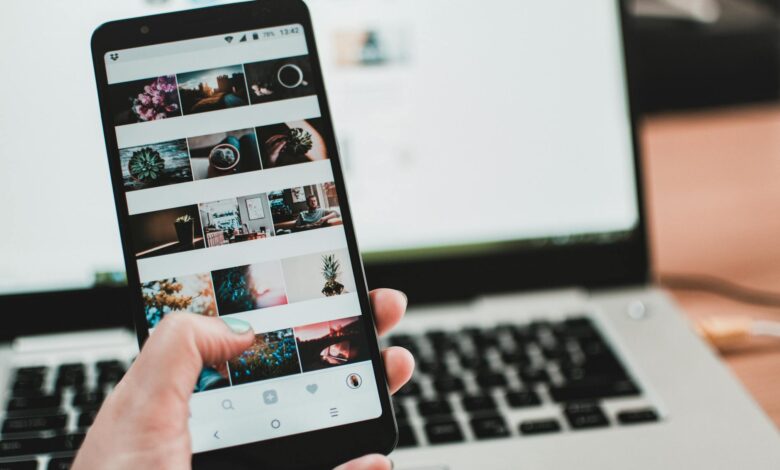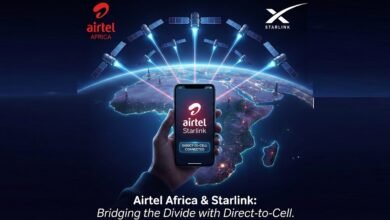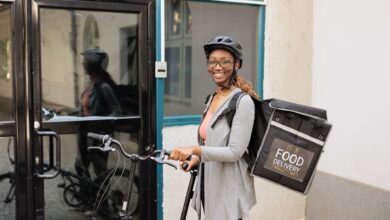
A landmark 2025 report from the GSMA, “The State of Mobile Internet Connectivity,” has revealed a critical shift in the nature of the global digital divide. The primary challenge is no longer about building infrastructure to uncovered areas but about addressing why 3.1 billion people are not using the mobile internet services already available to them.
This phenomenon, dubbed the “Usage Gap,” now represents the single largest barrier to digital inclusion, dwarfing the 300 million people who still live outside mobile broadband coverage.
A World Covered, But Not Connected
The report highlights a stunning success in network expansion: 96% of the world’s population now lives within the footprint of a mobile broadband network. In 2024 alone, the coverage gap shrank by around 40 million people, with 75% of that reduction occurring in Sub-Saharan Africa.
Despite this progress, the number of people actually using the internet tells a different story.
- Connected Users: 4.7 billion people, or 58% of the world’s population, now use mobile internet on their own device. This marks an increase of approximately 200 million people in 2024, a growth rate not seen since 2021.
- The Usage Gap: A staggering 3.1 billion people, or 38% of the world’s population, live in areas with mobile broadband but do not use it. Over 90% of those not using mobile internet fall into this category.
- The Coverage Gap: Only 4% of the global population, about 300 million people, remain without coverage.
This disparity underscores that infrastructure is just one piece of the puzzle. The vast majority of the 3.4 billion unconnected people worldwide are not offline due to a lack of signal, but because of other persistent barriers.
The Economic and Social Imperative
Mobile remains the primary gateway to the internet, especially in low- and middle-income countries (LMICs), where it accounts for 84% of broadband connections. For billions, mobile access enables essential services in healthcare, education, financial services, and e-commerce.
The economic stakes are immense. According to GSMA analysis, closing the usage gap could generate an additional $3.5 trillion in GDP globally by 2030. The report argues it is more urgent than ever to ensure everyone can access and realize the benefits of connectivity in an increasingly digital world.
Persistent Digital Divides
The challenge is most acute in LMICs, where 93% of the world’s unconnected population lives. Within these countries, specific demographic divides persist:
- Rural-Urban Gap: Adults in rural areas are 25% less likely to use mobile internet than their urban counterparts.
- Gender Gap: Across LMICs, women are 14% less likely than men to use mobile internet. This gap is widest in South Asia (32%) and Sub-Saharan Africa (29%).
As the GSMA’s report makes clear, the mission to connect the world has evolved. The focus must now pivot from network maps to the complex socioeconomic barriers that keep 3.1 billion people locked out of the digital age, even when the signal is strong.







